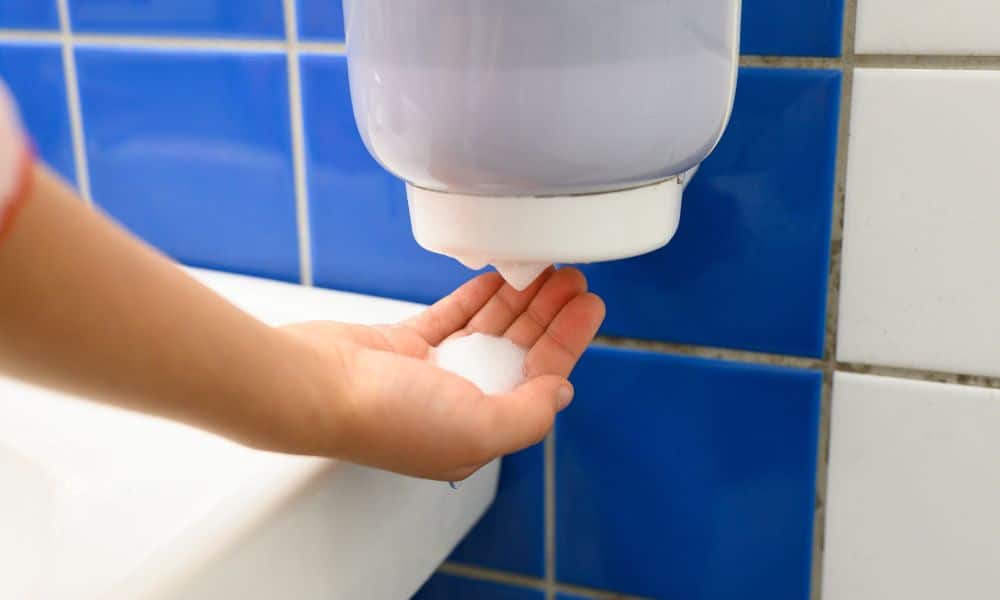Starting a new business comes with plenty of challenges and responsibilities that can easily derail your priorities as an entrepreneur. During this chaotic period, it’s common to overlook certain aspects of the business when your company is just finally becoming a reality; commercial facilities are often one of these neglected factors. However, office bathrooms play a massive role in the morale and productivity of a workforce. Learn more about this importance as we dive into detail on the best soaps for your commercial restroom, foam or liquid.
Pros and Cons of Foaming Soap
Foaming soap leaps into action when it hits your hands, delivering a pre-lathered experience that many find efficient and satisfying. This form of soap is user-friendly and cost-effective in the long run. Dispensing in a ready-to-spread foam covers more surface area with less product, leading to less waste and more business savings. Additionally, foaming soap often requires less water to rinse off, contributing to its eco-friendliness and utility in high-traffic restrooms.
However, the initial investment in specialized dispensers required to aerate the soap is one drawback of foaming soap. These dispensers can be more expensive than their traditional liquid soap counterparts and may require maintenance or replacement over time, adding to the overall cost. Furthermore, some users may perceive foaming soap as less effective, potentially leading to overuse of the product to get a “better clean,” which can inadvertently negate some of its cost-saving and environmental benefits.
Pros and Cons of Liquid Soap
Liquid soap has a smooth, gel-like consistency and offers many benefits in commercial restrooms. It appeals to individuals who appreciate a thorough and traditional handwashing experience. With its rich lather, liquid soap efficiently cleanses and moisturizes hands, leaving a clean feeling that many users trust. Additionally, it’s versatile and any standard soap dispenser can house it, which makes it highly adaptable across various commercial settings.
However, the use of liquid soap is not without its drawbacks. Overconsumption is one significant concern. The liquid format can cause individuals to use more soap than necessary, leading to quicker depletion and increased business costs. Additionally, it requires more water to rinse away effectively, contributing to higher utility bills and a less eco-friendly restroom experience. Lastly, the dispensers can clog or become messy without careful maintenance, potentially deterring their use and compromising hygiene standards in commercial environments.
Ideal Options for Commercial Restroom Spaces
Considering the benefits and drawbacks of foaming and liquid soaps, foam soap is the superior choice for commercial restroom spaces. The key advantages of foam soap, such as its cost-effectiveness, eco-friendliness, and user satisfaction, align well with the priorities of most businesses. Its ability to dispense in a pre-lathered form enhances the user experience by making handwashing quicker and more efficient and speaks to a company’s commitment to sustainability by reducing water usage. While the initial investment in and maintenance of automatic foam soap dispensers is significant, the long-term savings on soap consumption and the positive environmental impact make foaming soap dispensers a wise investment for businesses.
Understanding the pros and cons of foam vs liquid cleansers can help you determine the best soaps for your commercial restroom. Remember, providing clean facilities for your employees and clientele is important for maintaining your entrepreneurial business relationships!
- How To Choose the Best Font for Your Packaging - April 29, 2024
- Foam vs Liquid: Best Soaps for Your Commercial Restroom - April 29, 2024
- Top 4 Marketing Ideas for Growing Small Businesses - April 29, 2024
